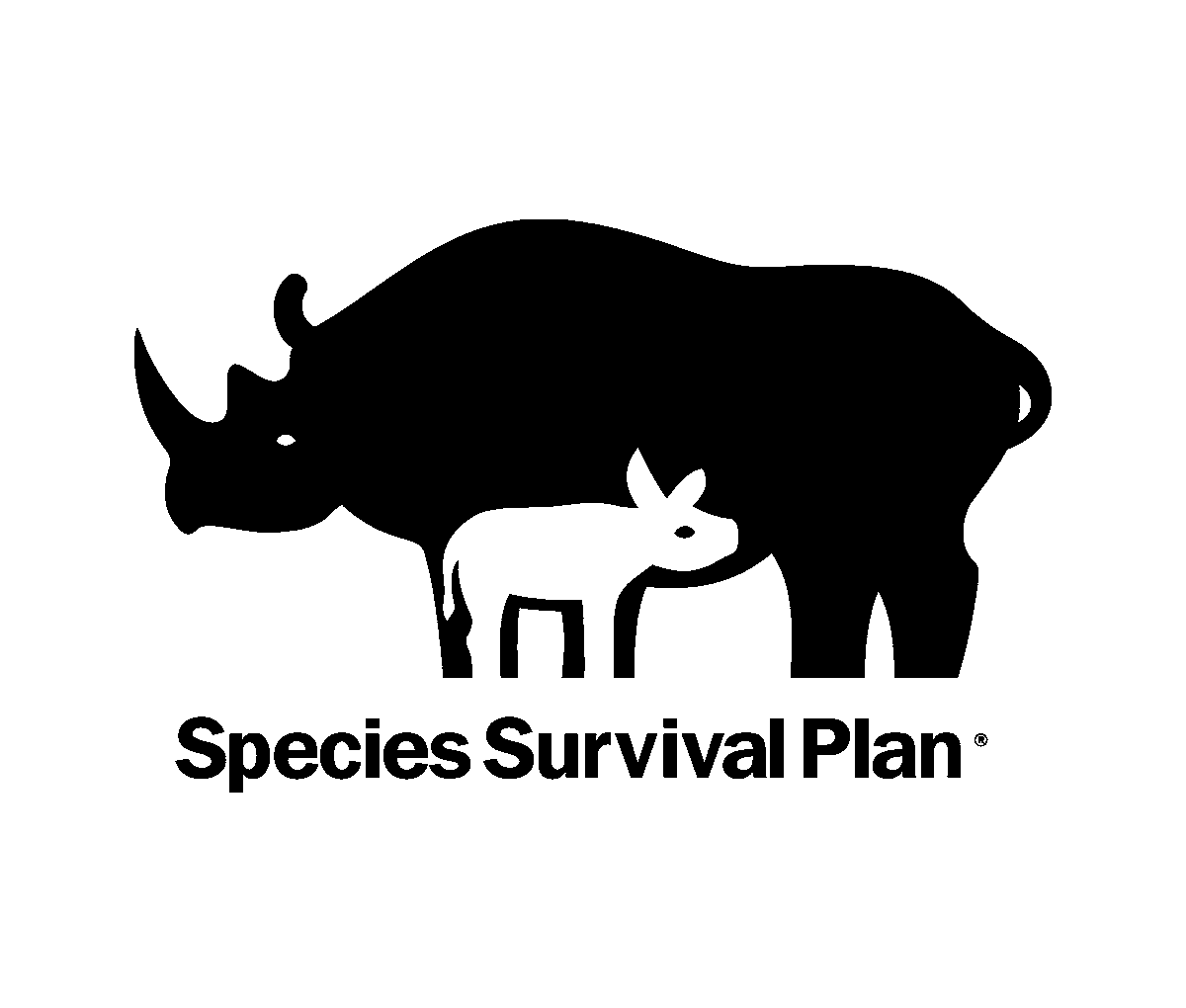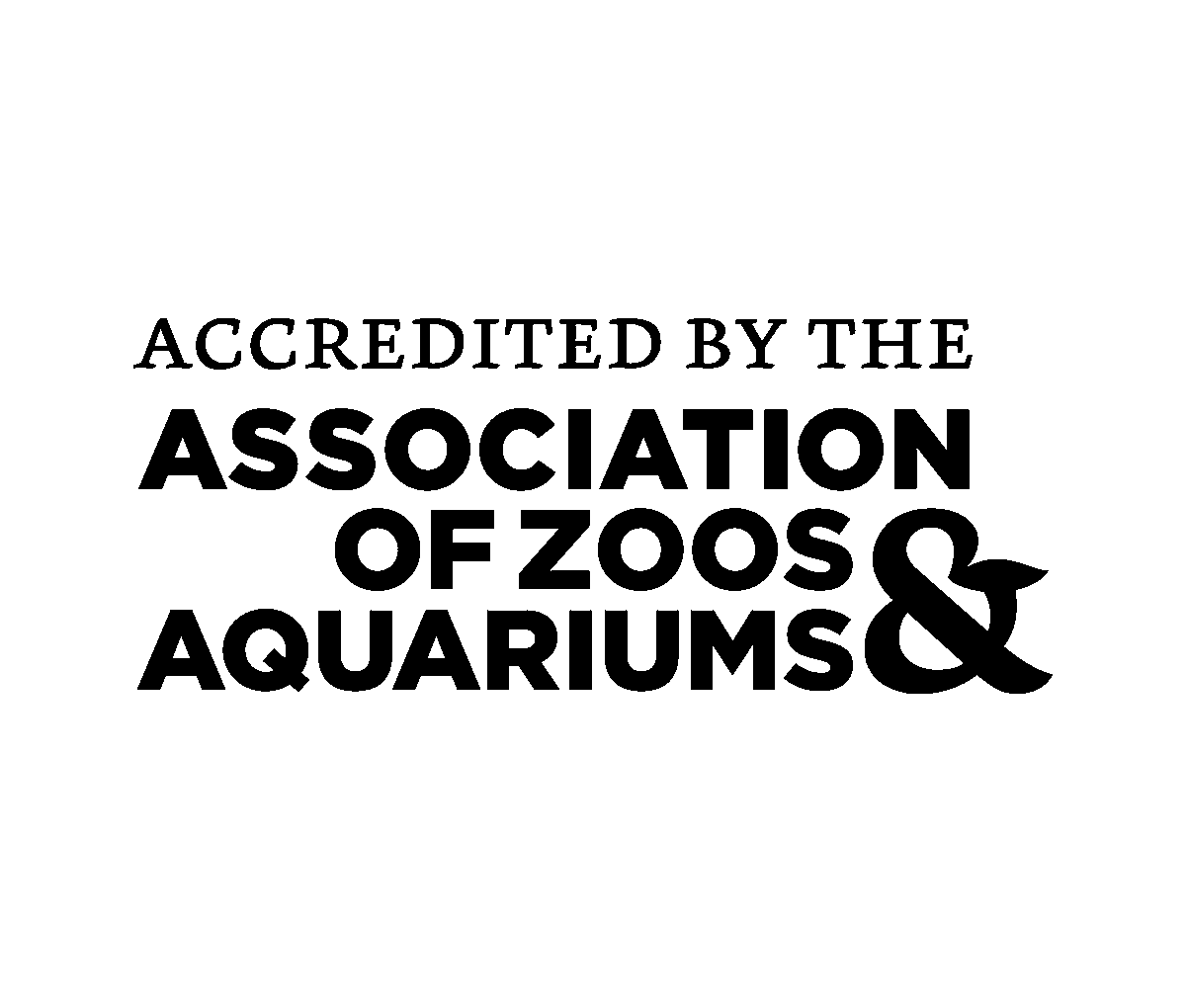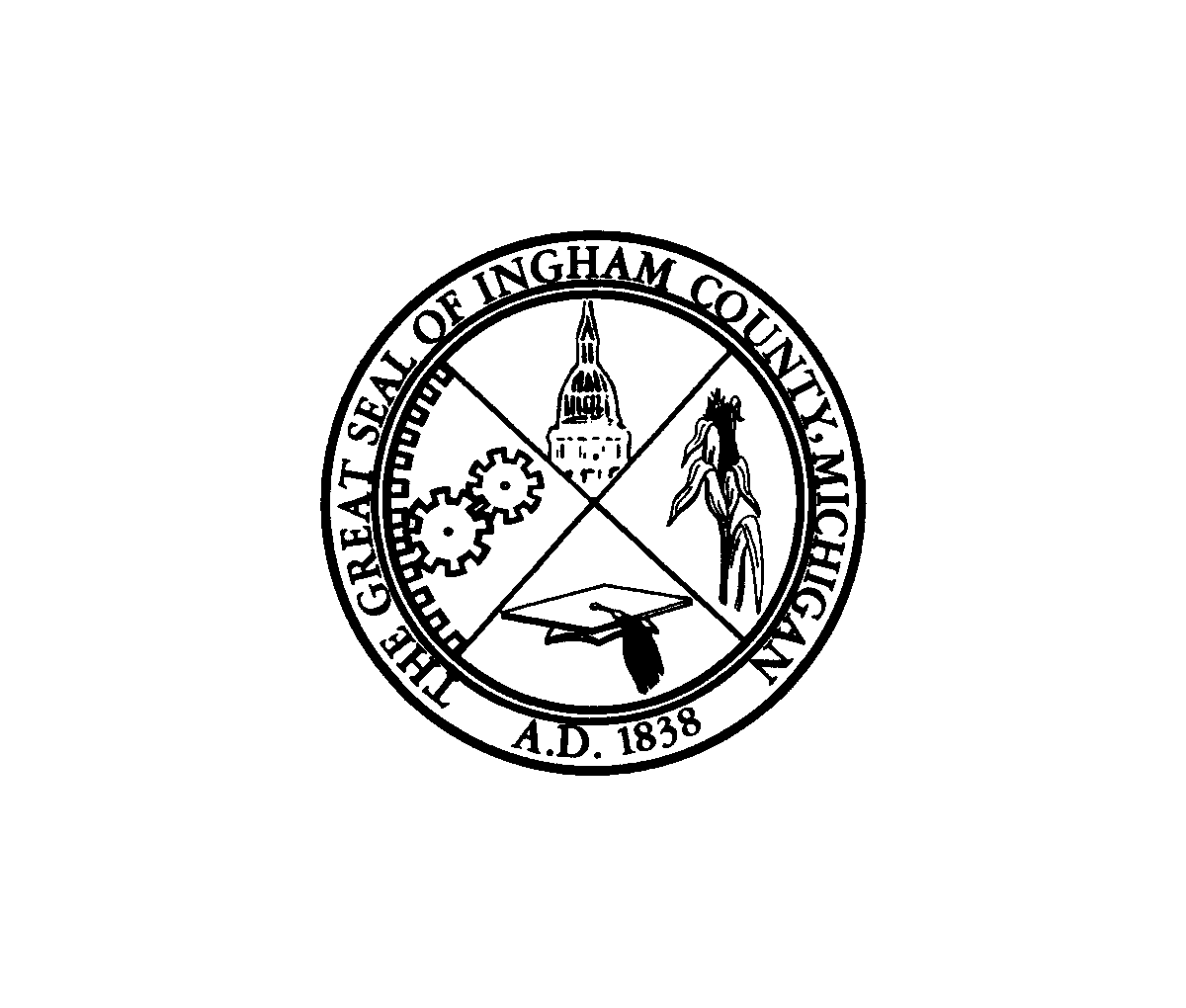Great Lakes Piping Plover Comeback!
One of the most inspiring conservation stories in Michigan is the recovery of the Great Lakes piping plover. Piping plovers are small migratory birds found on shorelines in North America. These unique birds, known for their nostalgic, whistling call, were almost extinct in the Great Lakes region in the 1980s, with only about a dozen breeding pairs remaining.
Their vulnerability stems from several factors. As ground-nesters, piping plovers lay their eggs in rocky areas of open sand, making them especially susceptible to predators and human disturbance.
“Everybody loves beaches and plovers are no exception,” said Sarah Foote, Animal Programs Manager at Potter Park Zoo. “They want nice, sandy, slightly rocky beaches.”
They also rely on both parents to incubate the eggs, raising the stakes for a successful upbringing. In addition, habitat loss due to climate change and shoreline development has further threatened their survival.
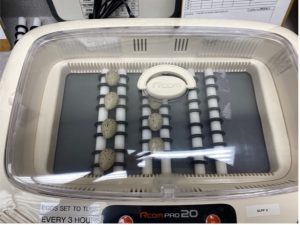
Great Lakes Piping Plover eggs in a temperature-controlled incubator as part of the captive rearing program to support species recovery.
Despite these challenges, the species has recently been making a steady comeback, thanks in part to the many organizations that work together to protect the species including staff from Potter Park Zoo.
Though the Great Lakes piping plover recovery program is overseen by the United States Fish and Wildlife Services (USFWS), many organizations and volunteers are involved in their recovery including land management agencies, tribes, NGO’s, universities, and scores of community nest monitors who watch over individual nest sites during breeding season.
When nests are abandoned or destroyed due to weather, predators, or human disturbance, volunteer nest monitors contact the Great Lakes Piping Plover Captive Rearing Program to step in to rescue unhatched eggs. These eggs are transported to a specialized facility at the University of Michigan Biological Station in Pellston, Michigan, where zoo volunteers from across the country assist in caring for the eggs and chicks.
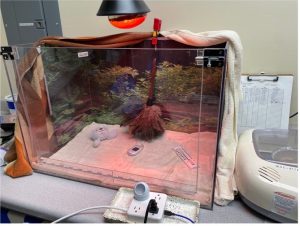
Chick-rearing enclosures designed to safely house Great Lakes Piping Plover chicks during their early development
Managed by the Detroit Zoo, the captive-rearing program has successfully hatched and reared piping plover chicks at the Bio Station since 2002.
Some of these volunteers include Potter Park zookeepers. Earlier this summer, Potter Park Zoo’s Jake Brodie, head bird and herp keeper, and Bryan Bares, bird and herp keeper, spent time aiding in the initiative at the Bio Station.
“We go up there for a week to ten days at a time, and zookeepers run the incubation and hand-rearing program,” said Foote who has visited the station for the last 15 summers and plans to return this summer.
The animal care experts monitor eggs and hatching birds, feed the chicks, monitor their development, and ensure they are raised with minimal human contact to prepare them for life in the wild. About 28 days after hatching, when the chicks are starting to fly, they are banded for tracking and released back into protected beach areas such as Sleeping Bear Dunes National Lakeshore.
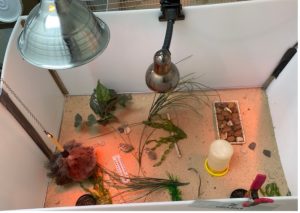
These custom enclosures provide a safe space for young Piping Plovers to grow strong before release into the wild.
Thanks to the combined efforts of conservationists, researchers, and community members, the Great Lakes piping plover is making steady progress toward recovery. Nesting activity is increasing across all five Great Lakes, and fledging rates are on the rise, offering hope for the species’ future. This progress is not only a win for the piping plover but also for the broader ecosystems in which it inhabits. As an “umbrella species,” their protection helps safeguard many other organisms that share the same fragile habitats and resources.
Continued support for these efforts will help protect both the piping plover and the distinctive coastal habitats it calls home.
How you can help:
- Avoid nesting areas (mainly dry sand located between dune grass and wet sand) and posted piping plover breeding areas, and report anyone disturbing nests.
- Keep pets leashed to avoid disturbing nests.
- Follow the principles of leave no trace by packing out any garbage or food waste that could attract predators, and leaving any driftwood or algae found.
- Don’t operate vehicles on beaches, as they can destroy piping plover habitat.
- Report piping plover nest locations to the appropriate agencies.
- The U.S. Fish and Wildlife Service (517) 351-2555
- The Michigan Department of Natural Resources (517) 373-1263
To learn more about this impactful conservation program, check out this Audubon article that highlights this important work, https://www.audubon.org/magazine/after-four-decades-efforts-save-great-lakes-piping-plovers-are-seeing-signs-major-success.
References
- https://www.greatlakespipingplover.org/
- https://radio.wcmu.org/local-regional-news/2023-04-18/piping-plover-return-to-great-lakes-spark-discussion-on-protection
- https://potterparkzoo.org/potter-park-zoo-team-assists-in-conservation-of-the-piping-plover/
- https://potterparkzoo.org/projects-and-programs/
- https://www.michiganisforplovers.org/about
- Photo and Video Credits: Jake Brodie
